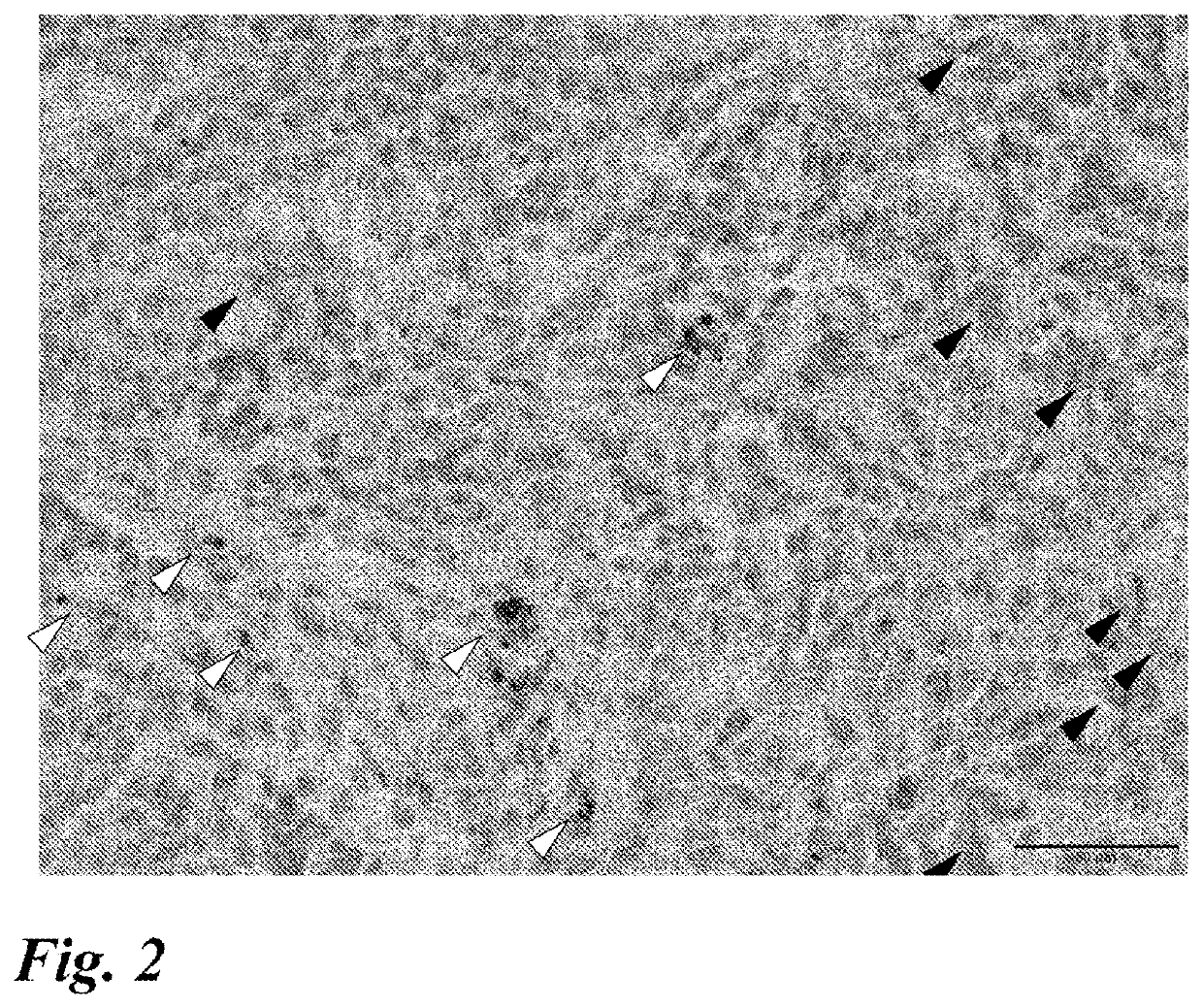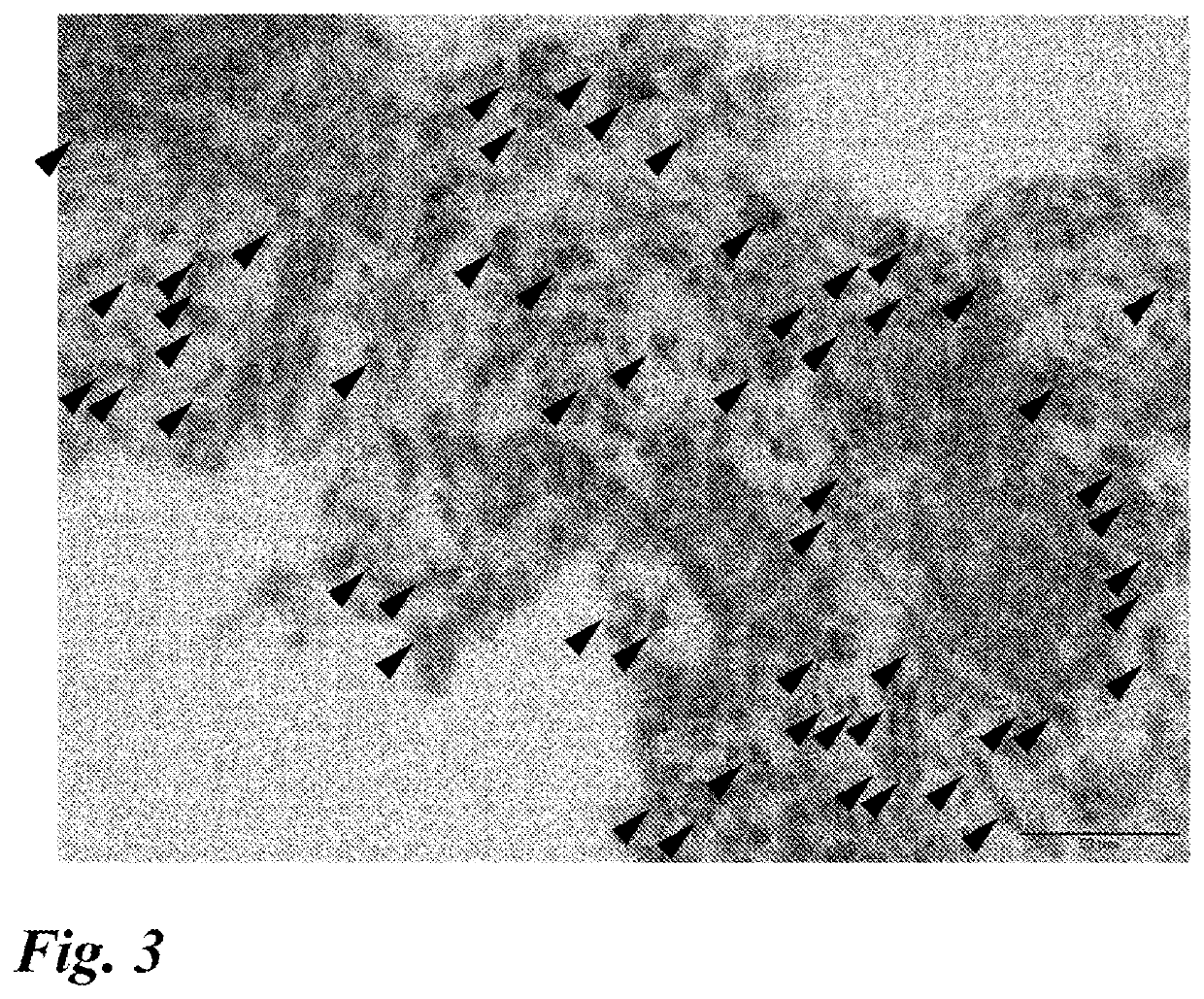Biomarker for predicting effects of Anti-pd-1 antibody/Anti-pd-l1 antibody therapy
a biomarker and anti-pd-1 technology, applied in the field of biomarkers, can solve the problems of false negative/false positive problems, high economic toxicity, and increase of pd-1 as a clinically used biomarker
- Summary
- Abstract
- Description
- Claims
- Application Information
AI Technical Summary
Benefits of technology
Problems solved by technology
Method used
Image
Examples
examples
[0097]The following studies were conducted with the aim of developing a marker for predicting the effect of anti-PD-1 antibody / anti-PD-L1 antibody therapy.
1. Expression of ISLR in Lung Cancer Tissue Specimen (Surgical Specimen)
(1) Method
[0098]Specimens obtained from patients who received resection surgery for lung cancer were used to examine the expression of ISLR by RNA in situ hybridization using RNAscope (registered trademark) available from ACD (Advanced Cell Diagnostics). Four appropriate sites were selected from a peripheral part except a central part and a necrotic part for squamous cell carcinoma and from an infiltration part for adenocarcinoma and other types of cancers, so that the observation areas did not overlap, and observed with a 40× objective lens. The procedures 1 to 13 of RNA in situ hybridization using RNAscope (registered trademark) (the same procedures were used in the subsequent examples) will be shown below.
[0099]1. Slice a specimen (paraffin block) at 4 μm.
[...
PUM
| Property | Measurement | Unit |
|---|---|---|
| Fraction | aaaaa | aaaaa |
| Ratio | aaaaa | aaaaa |
| Sensitivity | aaaaa | aaaaa |
Abstract
Description
Claims
Application Information
 Login to View More
Login to View More - R&D
- Intellectual Property
- Life Sciences
- Materials
- Tech Scout
- Unparalleled Data Quality
- Higher Quality Content
- 60% Fewer Hallucinations
Browse by: Latest US Patents, China's latest patents, Technical Efficacy Thesaurus, Application Domain, Technology Topic, Popular Technical Reports.
© 2025 PatSnap. All rights reserved.Legal|Privacy policy|Modern Slavery Act Transparency Statement|Sitemap|About US| Contact US: help@patsnap.com



